Clay cracking balls have become a popular DIY project for those looking to create satisfying and enjoyable sensory experiences. These unique creations produce a crisp, cracking sound when broken, making them both fun to make and use. Perfect for craft enthusiasts and stress-relief seekers alike, this guide will walk you through how to make clay cracking balls.
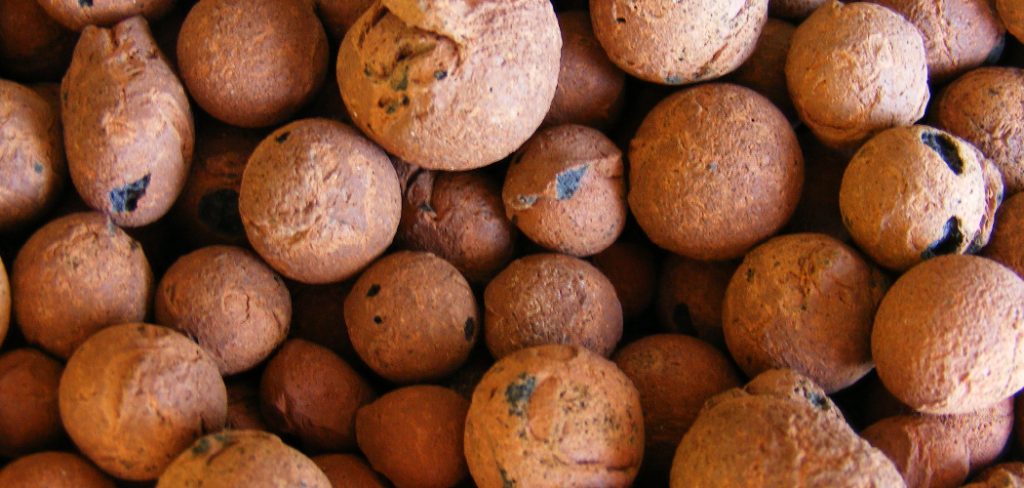
What Are Clay Cracking Balls?
Clay cracking balls are small, hollow balls made from air-dry or similar types of clay, coated with a layer of paint or another substance that creates a hard shell as it dries. When cracked or squeezed, the outer shell breaks, producing a satisfying sound and sensation. These balls are often crafted for their relaxing and ASMR-like quality, appealing to people who enjoy tactile and auditory experiences. Simple to make yet highly engaging, clay cracking balls are becoming a popular trend in both DIY crafting and sensory play communities.
Purpose of Clay Cracking Balls
Clay cracking balls serve multiple purposes, making them a versatile and enjoyable craft item. Primarily, they are created for their unique sensory appeal, as the crisp cracking sound they produce upon breaking can be both satisfying and calming. This makes them an excellent tool for stress relief and relaxation. Additionally, they can be a fun and creative project for craft enthusiasts, offering a hands-on activity that allows for personal expression through different shapes, colors, and designs. Their engaging tactile and auditory qualities have also made them popular among ASMR (Autonomous Sensory Meridian Response) enthusiasts, enhancing their appeal as a sensory-driven experience.
10 Methods on How to Make Clay Cracking Balls
1. Choosing the Right Clay
The foundation of a good cracking ball lies in selecting the right type of clay. Air-dry clay is an excellent choice because it hardens without firing and retains a lightweight structure. Polymer clay can also be used for a more durable result, but it requires baking to set. Ensure the clay is pliable and free of lumps for easier shaping. Whichever clay you choose, keep its drying or curing time in mind, as this will affect the cracking effect.
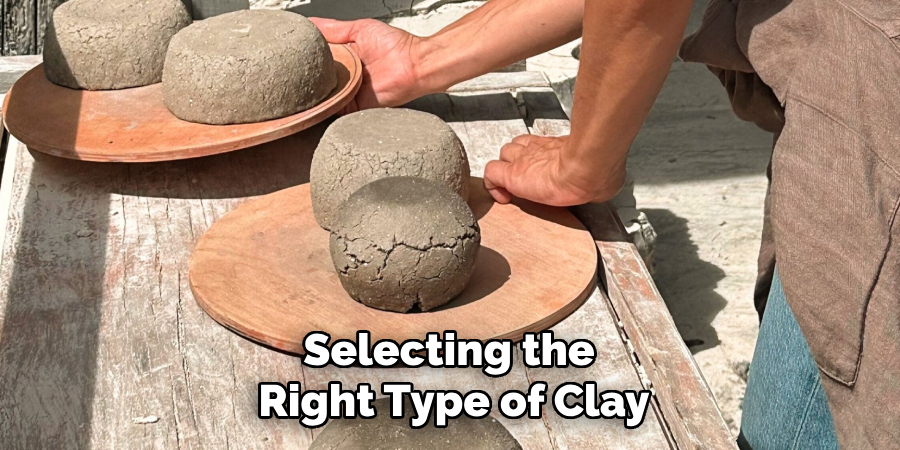
2. Shaping the Ball
To create a perfectly round cracking ball, take a small amount of clay and roll it between your palms. Apply even pressure to avoid creating flat spots. If you prefer larger balls, use more clay and ensure the size is consistent for uniform cracking. A smooth, even surface is crucial to achieving a clean cracking texture. You can also use molds to help maintain a consistent shape.
3. Adding Texture for Cracking
The key to the satisfying crackling effect is in the texture. Create a rough outer surface by pressing objects like fabric, mesh, or textured tools onto the ball’s surface. Alternatively, lightly score the surface with a needle tool or knife to create cracks as the clay dries. Be careful not to over-texture, as this may weaken the structure and cause premature breakage.
4. Drying Techniques
Proper drying is essential to achieving the desired cracking sound. Allow air-dry clay to harden naturally in a well-ventilated area, ensuring the surface dries evenly. If using polymer clay, bake it according to the manufacturer’s instructions. Uneven drying can cause warping or weak spots that diminish the cracking effect. For a more controlled drying process, rotate the balls periodically to ensure all sides dry evenly.
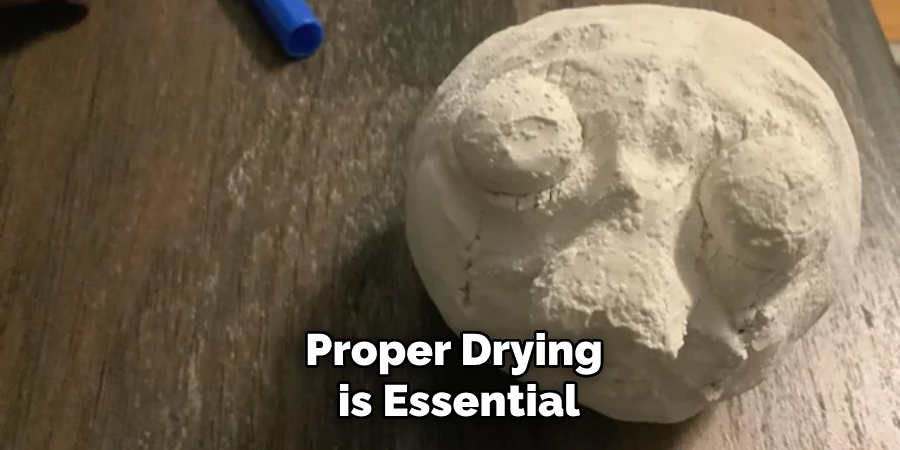
5. Applying a Thin Outer Layer
To enhance the cracking effect, apply a thin outer layer of clay or paint. For air-dry clay, roll out a thin sheet and wrap it around the dried ball, smoothing the edges to blend seamlessly. This outer layer will dry faster and produce more pronounced cracks when handled. Experiment with different thicknesses to achieve varying levels of crackling.
6. Painting for Enhanced Cracks
Paint can add both aesthetic value and functionality to your clay cracking balls. Use acrylic or tempera paints to coat the surface. As the paint dries, it contracts slightly, causing additional cracks to form. You can create intricate designs by layering colors or applying a crackle medium before painting. Let the paint dry completely before using the ball to avoid smudging.
7. Sealing the Surface
Sealing your clay cracking balls can preserve their durability while maintaining the crackling effect. Apply a thin layer of clear varnish or sealant to the surface. Avoid heavy coatings, as they may fill in the cracks and reduce the desired texture. Spray sealants work particularly well for even coverage. Ensure the sealant is non-toxic if the balls are intended for children or sensory use.
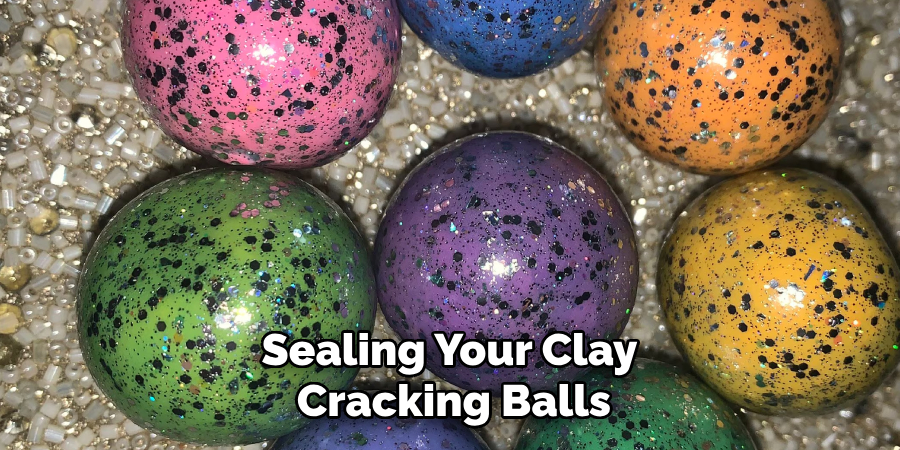
8. Experimenting with Additives
Additives can enhance the visual and sensory appeal of your clay cracking balls. Mix glitter, sand, or tiny beads into the clay before shaping to add sparkle and texture. For a natural look, incorporate materials like crushed shells or dried herbs. These additives not only make the balls visually interesting but also contribute to unique crackling sounds when the balls are handled.
9. Testing the Cracking Effect
Before finishing your clay cracking balls, test their sound and texture. Lightly press or squeeze the dried ball to assess the cracking effect. If the sound is insufficient, consider applying another thin outer layer or adding more texture to the surface. Testing ensures your final product meets expectations and allows you to make adjustments before completing a batch.
10. Storing and Maintaining Clay Cracking Balls
Proper storage is vital to preserving the integrity and sound of clay cracking balls. Keep them in a dry, cool place away from excessive moisture, which can weaken the clay and diminish the cracking effect. If cracks become too wide over time, lightly sand the surface or apply a new thin layer of paint or clay to restore their texture. Regular handling and occasional maintenance will keep them enjoyable for longer periods.
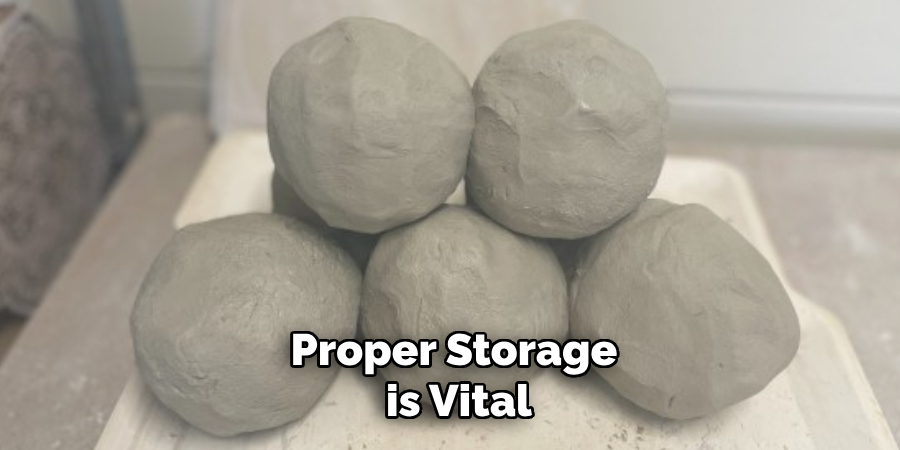
Maintenance and Upkeep
To ensure your clay cracking balls remain in the best possible condition, regular care and attention are essential. Start by storing them in a dry, dust-free environment, as excessive moisture can weaken the structure and dull the cracking effect. Consider using airtight containers or dedicated display cases to protect them from humidity and accidental damage. Avoid exposing the balls to direct sunlight for prolonged periods, as this can cause the paint or outer layer to fade or crack prematurely.
When signs of wear begin to appear, such as widened cracks or fading colors, you can perform simple maintenance to refresh their appearance and enhance their cracking sound. Lightly sanding the surface can remove rough edges, while applying a new thin layer of paint or sealant can restore both visual appeal and structural integrity. For balls with added textures or inclusions, you may want to use a soft brush to gently clean the surface, removing dust or debris without compromising their intricate details. With proper care, your clay cracking balls can maintain their vibrant look and satisfying sensory qualities for an extended period of enjoyment.
Alternative Methods and Tips
Alternative Methods
- Using Pre-Made Clay Balls
If you prefer to skip the shaping process, pre-made clay balls are available at craft stores. These can be customized with paint, textures, and outer layers to create a personalized cracking effect without the need to mold the clay yourself.
- Experimenting with Air Bubbles
Introducing small air bubbles into the clay can enhance the cracking sound. Lightly knead the clay with a fork or toothpick, creating bubbles that will form cracks as the ball dries. However, be cautious not to overdo it, as too many bubbles may compromise structural integrity.
- Layering with Other Materials
Consider layering the clay balls with paper mache, plaster, or fabric strips before painting. These materials can create a different texture, resulting in unique crack patterns and sounds when dried or handled.
- Using Heat Tools
For more precise cracks, a heat gun can be used on painted or textured balls. Controlled heat can create additional cracks in the outer layer without compromising the whole structure.
- Edible Variations
For a fun, edible alternative, some bakers create edible “cracking” effect balls using sugar-based mixtures, perfect for cake decorations or edible sensory treats. Just ensure all materials used are food-safe.
Additional Tips
- Proper Ventilation
Always work in a well-ventilated area when using paints, sealants, or heat tools to avoid inhaling toxic fumes and ensure a safe crafting environment.
- Customization
Personalize your cracking balls by incorporating unique colors, designs, or materials that reflect your style or intended use. This could include matching seasonal themes, creating intricate patterns, or adding metallic finishes.
Conclusion
Creating clay cracking balls is a versatile and engaging craft that combines creativity, sensory appeal, and the satisfaction of hands-on experimentation. With the right materials, techniques, and care, you can produce unique pieces that provide enjoyable tactile and auditory experiences. Whether for personal relaxation, decorative purposes, or as interactive sensory tools, these cracking balls offer something special for everyone. By exploring alternative methods and customizing your approach, the possibilities for innovation are endless. So, there you have it – a quick and easy guide on how to make clay cracking balls.
Toby Rede is a professional potter focused on creating functional and artistic ceramics. His work blends natural textures with modern forms, often inspired by sustainable gardening and outdoor environments. Toby’s pottery emphasizes both utility and beauty, reflecting his philosophy of intentional craftsmanship. On the blog, he shares insights on integrating handmade objects into everyday life.
Education
- Associate Degree in Ceramic Technology, Alfred University
Professional Focus
- Pottery creation with a focus on functionality and artistic expression
- Techniques exploring texture, glazing, and sustainable materials
Professional Accomplishments
- Work featured in regional art shows and garden exhibitions
- Collaborations with local craft fairs and home decor shops

